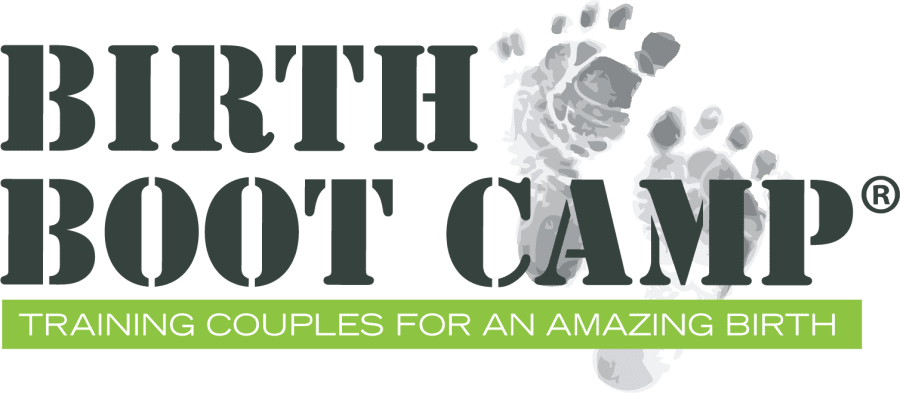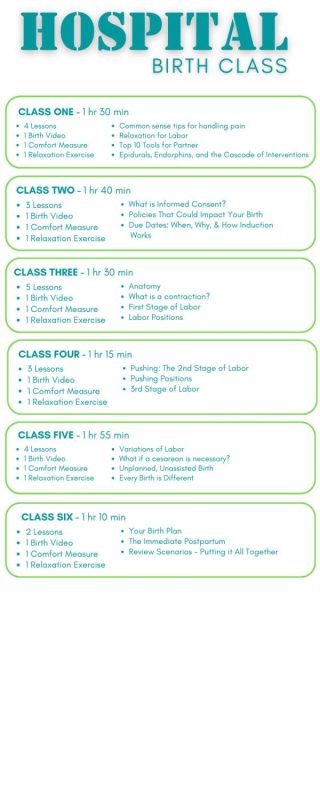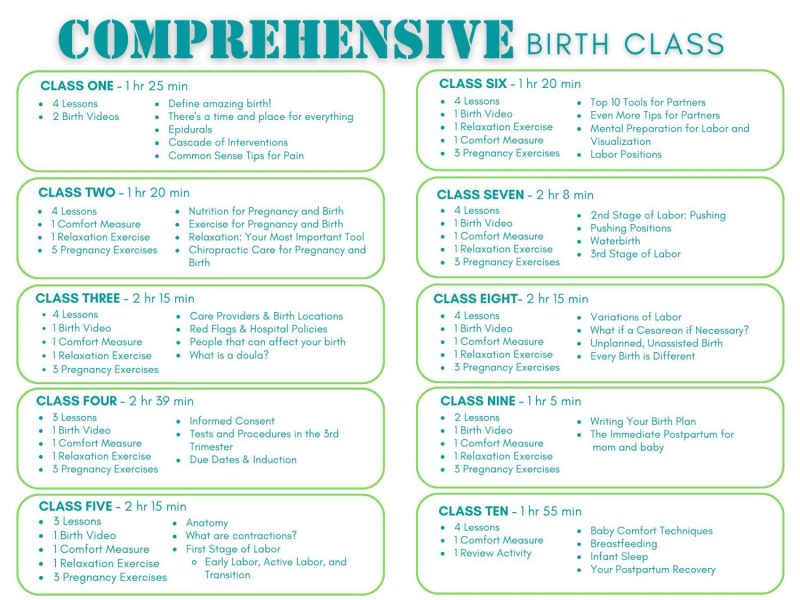Soon-to-be parents can find countless books and resources designed to help ensure a breastfeeding relationship that works. From tongue-ties to pumping and flange sizes, learning about breastfeeding can seem overwhelmingly complicated for a “natural” process.
With all the mounds of expertise, it’s easy to forget the basics.
Here are the top 10 ways you can prepare for an amazing breastfeeding experience. Don’t stress!
Focus on these 10 tips for an amazing breastfeeding experience.
1. Assess latch
Before pregnancy, “latch” probably made you think of getting the door shut properly. No longer! Latch refers to the way your baby is attached to the breast. Basically, the nipple should be far back on the palate, and as much of the breast as possible should be in the mouth.
The baby’s mouth should form an airtight seal on the breast, tongue should be pushed somewhat out, and lips should be flanged.
Proper latch prevents pain for mom and helps the baby get enough milk from the breast. This can get complicated if there are issues like tongue tie or IGT, but generally, proper latch is a huge part of successful breastfeeding.
2. Get help
Don’t be afraid to get help. In fact, have lined up some possible sources of help, like community groups, local professionals, and lactation consultants.
Too many women suffer in silence and pain when one consultation with an educated IBCLC (International Board Certified Lactation Consultant) could help them resolve their issues. It can be hard and humbling to reach out, but this is a time in life where it is often necessary. Women need support after having babies. It is biologically normal to learn from others as a new mother.
3. Remain confident
Breastfeeding does sometimes have some bumps, bruises and difficulty. That doesn’t mean you shouldn’t remain confident. You and this baby were designed to go together and get this nursing thing done.
Remain confident that you can do this together, while remembering that all relationships take work, compromise, patience, sacrifice, and (sometimes) pain. Breastfeeding is a relationship and requires all of the above virtues, and more.
Remain confident. You’ll find your particular way to make this work.
4. Babywear
Keeping baby close, especially in the first few months, is nature’s way of helping breastfeeding work. Babywearing can help accomplish this and spare your back and arms some extra work. When baby is close to the breast, they are likely to nurse more often, and on a natural schedule.
Use this simple tool to help learn your baby and know what they need and how they need to.
5. Sleep near baby
Sleeping near your baby simply makes it easier to respond to their needs. We tend to notice they need food earlier, when they are just fussing but are not yet crying or screaming. We can get to them faster and provide the comfort and nourishment that they need.
You don’t have to co-sleep in the same bed as your baby. Being in the same room, on separate sleeping surfaces, can accomplish the same closeness and responsiveness that you desire.
6. Avoid pacifiers
The consensus among experts is to avoid artificial nipples for about the first few weeks of life or until breastfeeding is well established. Pacifiers certainly have their place, but they need not be pushed on every newborn. This allows them to learn to suckle the breast, and ensures that all their suckling is nutritive and helps increase your milk supply, something that is imperative in the early days. This is when your supply is established.
7. Get your partner on board
One of the biggest factors in a woman’s success at breastfeeding is how supportive her partner is. Almost all of us will have some dark moments where we want to give up and it’s too late to call in expert help.
The gentle voice and reassurance of a partner who truly believes you can do it is key during these hard moments. The partner is the person who is there when nobody else is.
If they believe in breastfeeding and your ability as much (or more) than you do, you have an advantage.
8. Reference list
Breastfeeding can go super smoothly, and you may have no need for extra help. But if you do need extra help, having a list of places you can turn will offer peace of mind and help prevent a small problem from becoming a large hurdle.
There are many books that offer extra information on various breastfeeding needs. Many organizations exists as well, such as local postpartum groups, WIC, and La Leche League. If you prefer online options, there are countless positive Facebook groups for women dealing with specific challenges.
Click here for some of our favorite breastfeeding resources for new moms.
Just knowing that these things exist can offer peace of mind as you prepare for breastfeeding.
9. Community support
Community support cannot be forgotten. Often it is the simple association with other people in your situation who offer the most help, understanding, and feeling of connection. Your childbirth educator, doula, or midwife should be able to offer you community organizations that can help.
As mentioned before, La Leche League, postpartum groups, and the like are helpful. Other options include play groups, mom groups, classes, and more.
10. Know the benefits
It’s easier for adults to eat better if we know WHY those nutritious foods help our bodies feel and perform better. Knowing the benefits of breastfeeding can help you persevere through the ups and downs of this relationship.
From financial savings, to bonding, and ease of packaging, there are countless benefits to breastfeeding.

We know that you CAN have an amazing breastfeeding relationship. This can look many different ways, but no matter what, having these 10 things in place before you have your baby can help things go smoother for you.
We hope our 10 tips for an amazing breastfeeding experience help you achieve your goals.
Congratulations on your coming baby!











